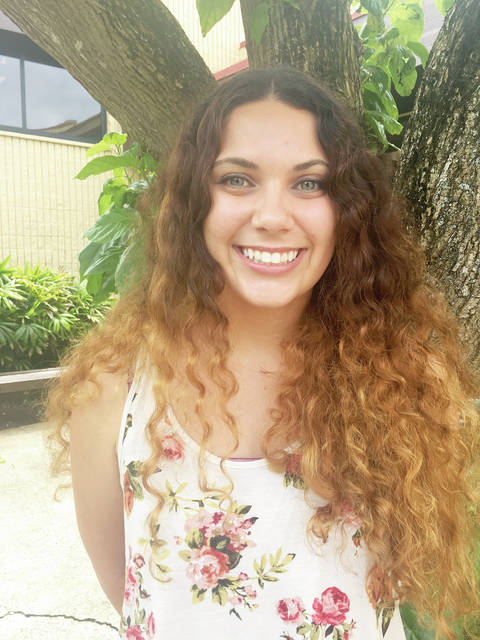Undertones of conservation conversation are rumbling through the halls of Kauai Community College in April, as the traditional April 20 Earth Day has been expanded into a month-long event.
In the midst of sculpture-creating contests using plastic bottles and cans, talks about climate change and water conservation, and movies about coral and watersheds, students are presenting work they’ve done in areas of sustainability.
Heather Lee, a student from Wailua who is set to graduate in May, will be one of those students, speaking on her recent work with Geographic Information System Mapping technology (GIS) to study pueo, or the Hawaiian short-eared owl.
Her talk is set for Friday as part of the KCC Earth Fair and Hoike, which runs from 10 a.m. to 3 p.m. She’ll be part of a list of speakers alongside vendors and booths, music and hula, educational and cultural displays and information on sustainability topics like electric vehicles and tiny house living.
Conservation and sustainability in every aspect of life will be the theme for the April 20 Earth Fair, and Lee, along with the Sustainability Committee are preparing for more than 300 schoolchildren to visit the event as well.
A week before her Earth Fair talk, Lee sat down with The Garden Island to talk about Earth Month, her interest in sustainability and her future in wildlife management. She’s also emphasizing the versatility of the GIS mapping system, which can be used across multiple disciplines for data gathering.
What is your talk about on Friday and what are you hoping to share?
I’m going to be presenting on a project I did with GIS, focused on native pueo owls. I used some crowdsource data to examine if there was any correlation between where they’re sighted and the surrounding habitat to see if we can predict where the next pueo is at.
GIS has been really great because it combines a lot of different disciplines tying it back to geography and technology. My work focuses on native wildlife and some other projects will involve planning for safety, related to the volcanoes things like that as well as native plants. I’m tying at all back to geography and to Hawaii.
I’m pursuing a degree in biology and I want to work with wild animals. I thought GIS would be a good skill to have to set it apart. The nice thing about GIS is that it can be applied to any field that you want. I have a classmate that applied it to archeology.
On Friday, I want to make GIS more mainstream. I think a lot of people don’t really know a lot about it and that’s a shame because it’s a useful skill to have and it’s very interesting. And I also want to teach people more about the native animals here.
We have so many native birds that aren’t found in other parts of the world and people need to realize we have such as treasure trove out here.
I have a project where I got to use data collected from Kauai Forest Bird Recovery Project, but I didn’t get to present it publicly. They were using the data and it was nice of them to mentor me and show me how to use it in the real world because that’s what I want to do with my future.
Did you get a lot of time in the field while working on the GIS pueo project?
With that particular project the data was all crowdsourced. That was great because it covered over 20 years. I have gone out in the field in the past for the GIS class, though. I did it for a different project that was at Eleeele School and it was mapping the canoe plants at the Eleele School Campus, tying it back to the Hawaiian culture.
Do you have an interest in the Hawaiian culture and native traditions?
Mainly, my focus has always been on wildlife, but it’s so intertwined in the culture. Going to school here has opened my mind to how intertwined that culture is with wildlife, and I think just these past few years I’ve developed even more of an appreciation of it.
What’s next for you?
Up next for me is going to UH Hilo, and focusing on biology. I’d like to focus on endangered species and my goal is to get these endangered species back to levels where they can take care of themselves. So I’m looking at maybe animal rehabilitation, but I wouldn’t mind working in the field collecting data about existing population’s making sure they’re healthy and there aren’t any major threats.
This summer, I haven’t been officially accepted yet, but I applied for UH Hilo’s Pipes Internship. I would be working with the alala crow. They’re extinct in the wild.
Have you always known you want to have a career in animal conservation?
I’ve always wanted to work with wildlife, I’ve always known that. I am interested in writing, though, too, creative writing, mostly. Some of my teachers in high school told me I should study journalism because I’m a good writer, but I have always loved animals and always wanted to work with them.


